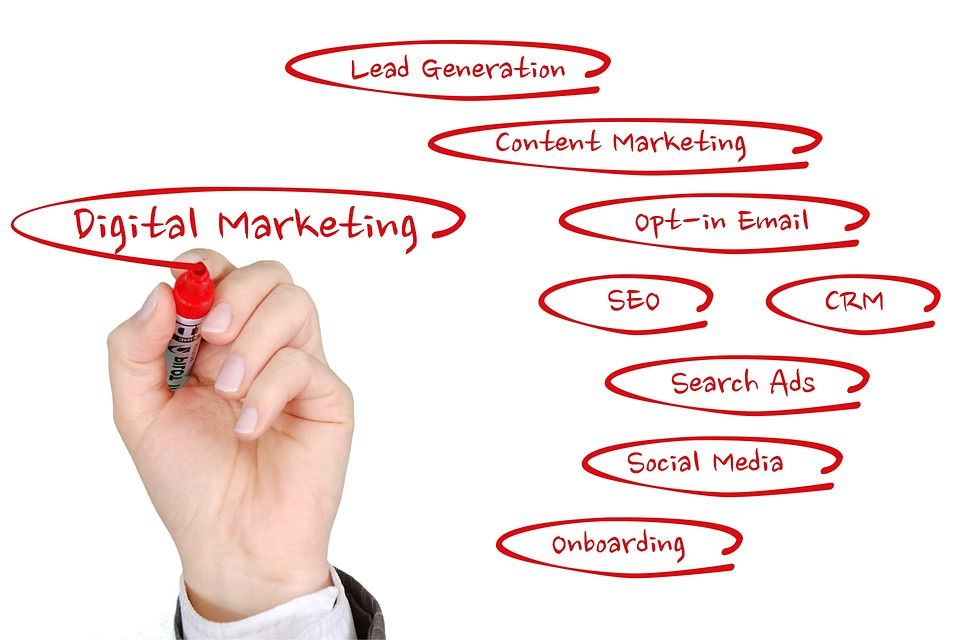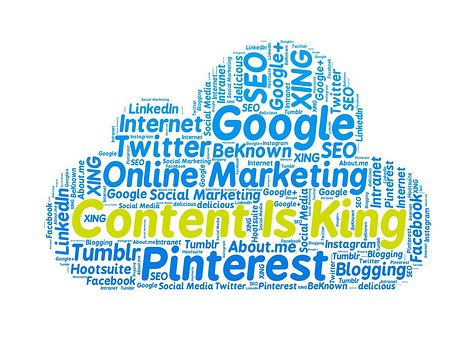Over the past decade, it has become increasingly obvious brands that spent time and resources developing a digital marketing strategy enjoyed a great deal of success while those that simply used a hit and miss approach have not grown to any great extent. In other words, the level of success any marketing strategy offers is directly related to a sound, underlying strategy, and with only 13% of Americans not using the Internet, it should also be obvious why your strategy should be digital.

Cost and Age are Key Reasons for Not Using the Internet
In a study that has been continually updated for almost two decades now, Pew Research has tracked Internet usage among American adults. At the beginning of the study, in the year 2000, almost half of all Americans (48%) were not online. Over the years, that number has gradually decreased and by 2016, there were only 13% who did not go online. While only a small percentage of those said they had no interest in going online, the majority of people surveyed cited cost and age as key reasons why they weren’t online. Some said they were too old to learn and others didn’t have the financial resources to pay an Internet provider.
The Key Takeaway from Those Statistics
When it comes to a strategy being developed by a digital marketing agency, they will take those two factors into consideration. For a moment, think about the second most cited reason for not accessing the Internet and you will understand why it is imperative to set aside the majority of your marketing budget for online resources. Those people who access the Internet often apparently have money to spend while those who don’t go online have few resources. Using traditional strategies (i.e. print and television) to reach them might just be a futile endeavor. If you are going to build a marketing strategy, it makes sense to target consumers with money to spend!
The Most Important Reason Then Is Reach
Taking those few statistics into consideration, it stands to reason that‘reach’ is the most important reason for developing a digital marketing strategy. With 87% of the adult population regularly accessing the Internet, your potential reach is stupendous. Spending your marketing resources where they will reach the most people just makes the most sense. While you can target some of your resources for direct marketing such as flyers, postcards, newspaper ads, radio and/or television, the bulk of your resources need to target the largest audience. It’s only common sense.
If you are just planning Q3 and Q4 marketing budgets, you might want to allocate funds in keeping with Pew Research’s findings. Why not spend 87% on digital marketing and 13% in more traditional strategies? The numbers should work in keeping with the size of audience you hope to reach. Don’t leave the remainder of your 2017 marketing budget to a ‘hit and miss’ approach if you intend to focus on growth. A solid roadmap is your surest route to success, and in this case, that would be a digital marketing strategy.




